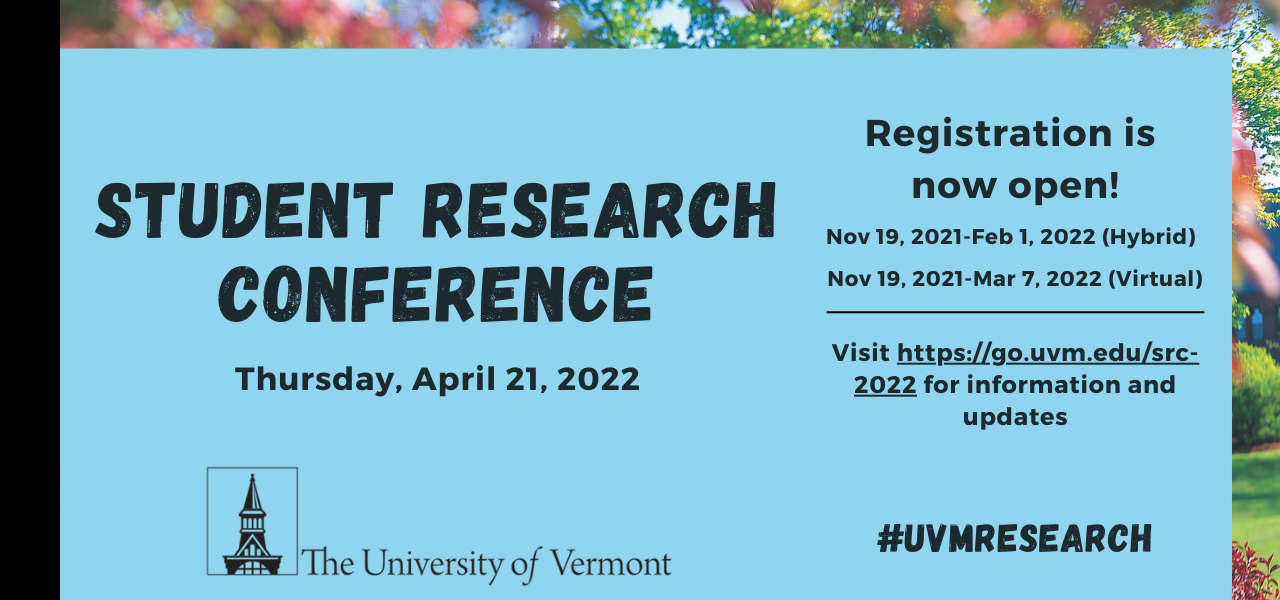Impact of Invasive Earthworms on Forest Soil Microbial Communities in Vermont
Conference Year
January 2022
Abstract
Earthworms enjoy a positive popular reputation earned by their effects in agricultural systems. However, earthworms are non-native invasives in formerly glaciated North American forests. North American forests were initially invaded by European lumbricid species that arrived with the European colonists, and now are experiencing a “second wave” of earthworm invasion by species from Asia. As “ecosystem engineers,” earthworms have dramatic effects on forested landscapes. Our understanding of these effects is developing. This study used a community-level physiological profiling (CLPP) technique to look at the differences in soil microbial communities invaded by lumbricid and pheretimoid species in northern Vermont, USA.
Primary Faculty Mentor Name
Josef Gorres
Status
Undergraduate
Student College
College of Nursing and Health Sciences
Second Student College
Patrick Leahy Honors College
Program/Major
Communication Sciences and Disorders
Second Program/Major
Plant and Soil Science
Primary Research Category
Biological Sciences
Secondary Research Category
Food & Environment Studies
Impact of Invasive Earthworms on Forest Soil Microbial Communities in Vermont
Earthworms enjoy a positive popular reputation earned by their effects in agricultural systems. However, earthworms are non-native invasives in formerly glaciated North American forests. North American forests were initially invaded by European lumbricid species that arrived with the European colonists, and now are experiencing a “second wave” of earthworm invasion by species from Asia. As “ecosystem engineers,” earthworms have dramatic effects on forested landscapes. Our understanding of these effects is developing. This study used a community-level physiological profiling (CLPP) technique to look at the differences in soil microbial communities invaded by lumbricid and pheretimoid species in northern Vermont, USA.


